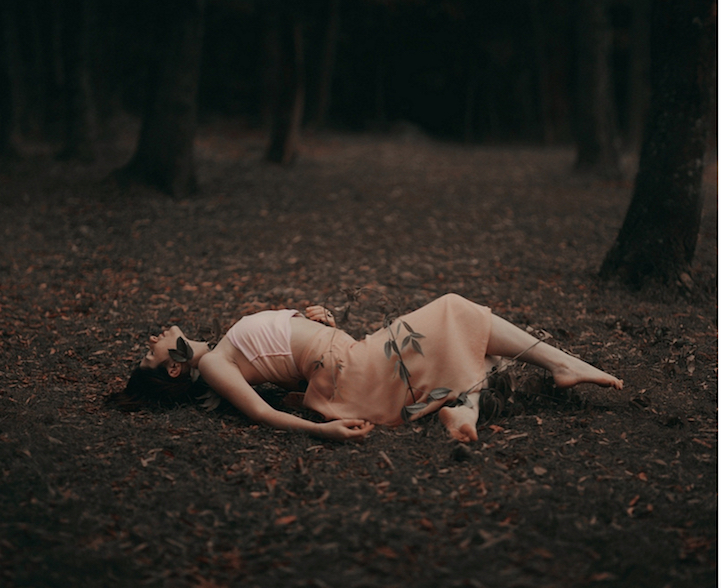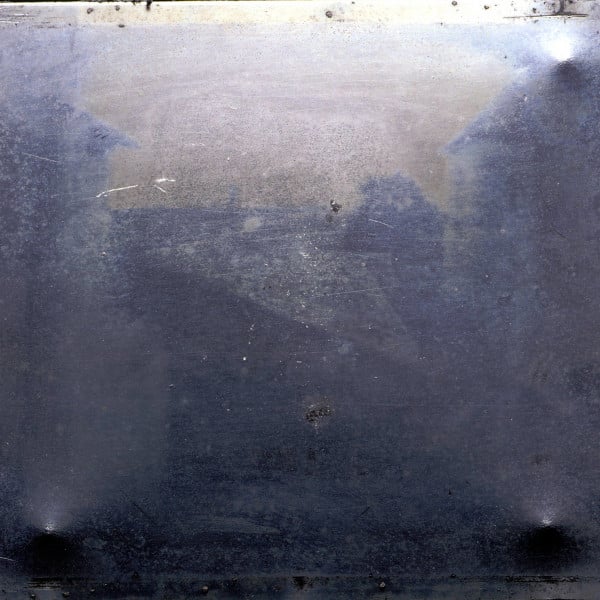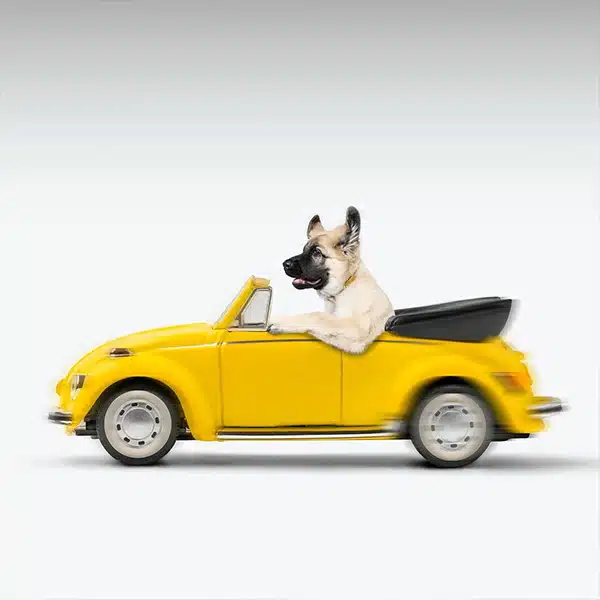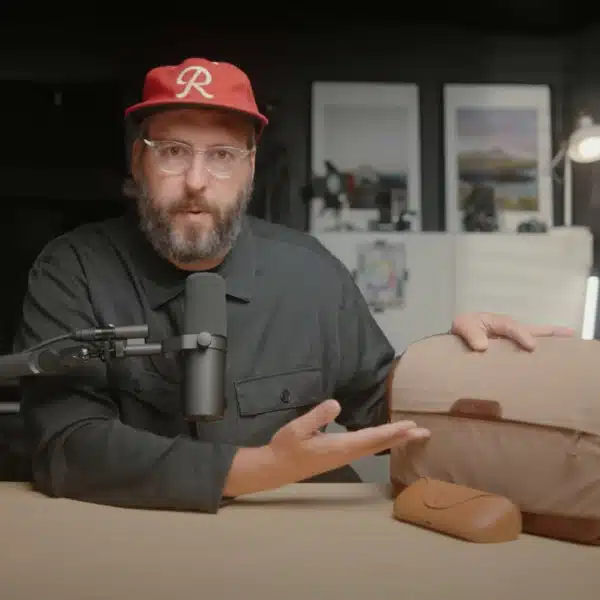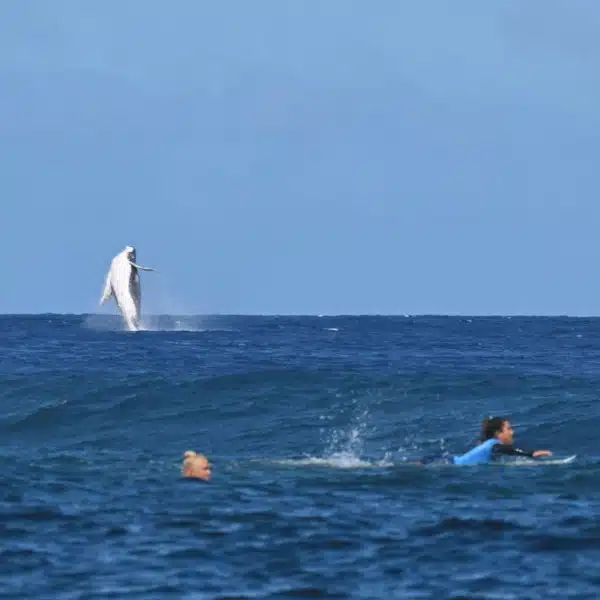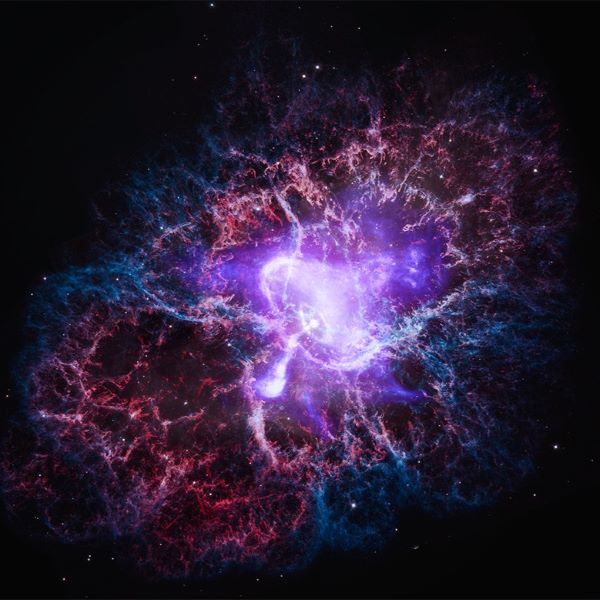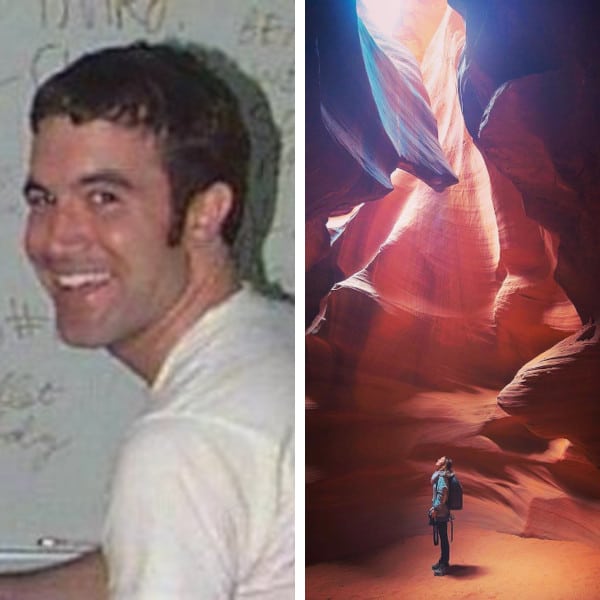Photographer Alexandra Benetel has the ability to see beauty in all things. Aiming to capture dreamlike worlds in her mysterious photography, she combines ethereal landscapes with striking poses, Alex is a storyteller seeking to articulate the unpredictability of life with the many parallel paths a person can travel, with each photograph being a different reality. Seeing photography as a form of self-expression, the Sydney-based conceptual photographer has built a portfolio of mostly self-portraits as a way to release emotions that she would otherwise leave bottled up inside. She wants her audience to feel and relate to the story of the characters, hoping they, too, can see beauty in the small things. From humble beginnings, she practiced with her family to successfully get the attention of Yahoo with her inspiring portfolio, chosen to be honored as part of Flickr's 20 under 20.
We we lucky enough to catch up with Alex for a Behind The Lens look into her mysterious portraiture.
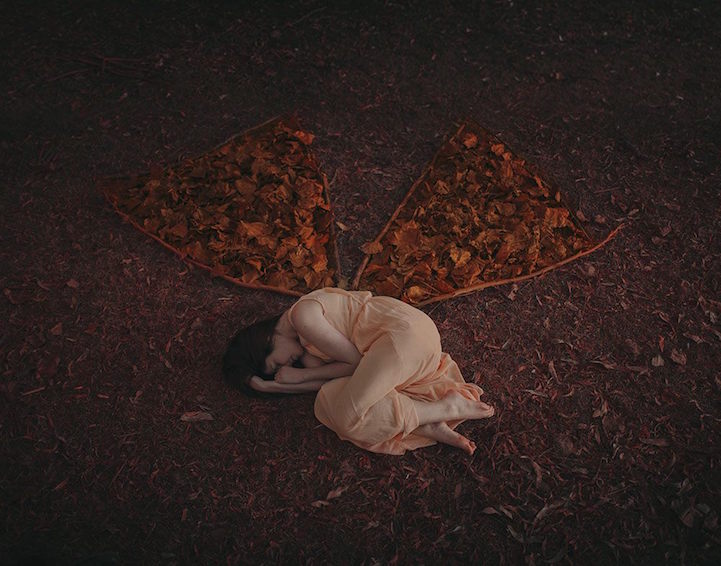
Can you tell us a bit about your journey into photography?
I've always loved taking photos. I've travelled quite a bit with my family and grew up always seeing my dad taking photos of us with his film SLR. My brother, Christian and I would often get to use it on our holidays and take pictures of Mum and Dad together. So, I started to use something as simple as a disposable camera to document my travels and special occasions. It was fun and I loved the mystery of using film because there was no preview as to how the photographs were going to turn out.
Later on in high school, when I was about fifteen, I took a Visual Design Course. Part of the course involved experimenting with pinhole photography. I was fascinated by the entire process and often found myself in the dark room during lunchtime, trying my very best to produce high quality pinhole photographs. My teacher at the time introduced my class and I to Flickr – a photo-sharing site. He encouraged us to scan and upload our pinhole photographs, as well as any other photographs we had taken at home. I haven't stopped uploading to Flickr since then and the site has honestly changed my life, most recently due to the fact that I chosen as one of the twenty artists for Flickr20under20. It was an experience of a lifetime.
I have met some wonderful artists from Flickr who have inspired me since the beginning and I am so lucky to have so many new friends from all over the world that share the same passion.
What are some of your interests?
Some of my greatest interests include teaching, traveling, reading, watching TV shows (a lot of them), drinking tea and, of course, taking photos.
How much planning goes into a shoot?
It changes each time. Sometimes it goes like this – I'll think of an idea and write down various odd phrases using the “Notes” App in my phone. These phrases then, if I have time, transform into an annotated drawing in my sketchbook. I'll go as far as including a potential title, location and meaning behind the concept. This can span over ten minutes to days, weeks or months. However long it takes, it's very important that each of my photographs tell a story and that the concept is developed. There are some instances where I have to think on my feet.
Regardless of what method I use, I don't like to be rushed and prefer to think about the concept for a little while and be prepared in some way rather than having the pressure to create a photo then and there. Preparation may involve simply looking up or visiting the location beforehand or even having a costume ready to go.
A lot of your portfolio is made of up self portraits, can you tell us what you do to set up a shot?
I'm often looking quite out of the ordinary when I'm going out to shoot a self portrait. Traditionally, I'll be wearing what I want to be shot in, just so I'm completely ready to go when I arrive at the location.
Most of my self portraits are taken at my Aunty's property, so there's really no concern about anyone judging me, other than my family and perhaps a wombat, but they're used to it. To paint a clearer picture, I'd most likely be wearing an old fashioned, long dress, carrying my tripod, camera, remote, phone (for optional background music) and occasionally a jacket, depending on the weather. It's an attractive sight.
The process: Once I set my eyes on the right area/location, I first set up my tripod and attach my camera to it. Then, I play around with my camera settings and start thinking over the photo concept I have in mind. I'll often let my mind wander, deciding whether any last minute changes need to be made. I would also take some time to look around and think about the story I want to tell and the character I plan to portray in the photograph.
The next step involves taking some test shots to check if my camera settings are correct. At this point in time, I'd be thinking not only about my character, but my poses and how I want my costume to look. I'm nine times out of ten wearing a dress, so I'm often flicking it here and there whilst clicking my remote to create some movement – bringing the photo to life in a way. I'd then begin shooting the actual concept, constantly moving and experimenting with my poses to create interest. I'd be barefoot, running frantically back and forth to the camera, checking each frame.
If I've found that I've got “the shot,” I usually expand, which involves switching my focus to manual and panning my camera right, left, up, down and around. This ultimately allows me to keep my shallow depth of field while widening my frame. It's typically dark after I've finished shooting (I like to shoot just after sunset in the diffused light), so I'm often rushing back home or to the house if I'm at my Aunty's property, in need of a good cup of tea. Depending on my mood, I'll either edit the photo straight away or wait until the next day.
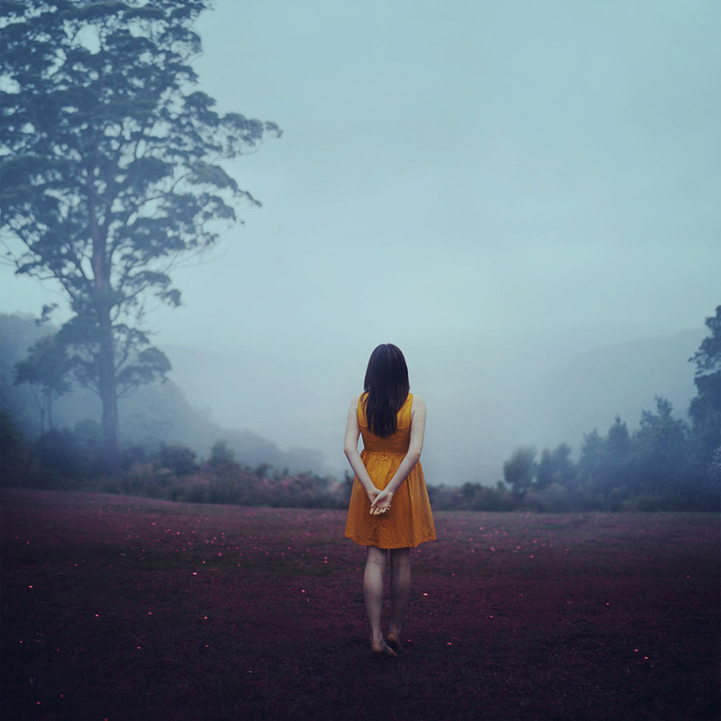
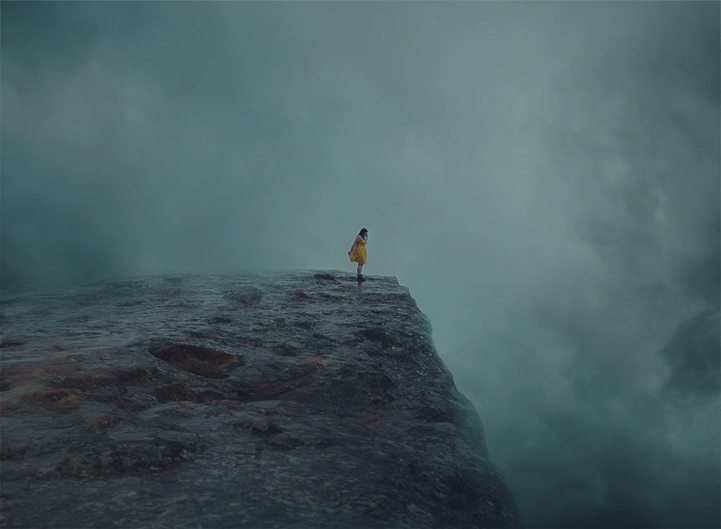
Your locations are often foggy and moody, how do you find a perfect location?
Something that's quite unique about Australia is its weather. We often experience four seasons in a day. Sometimes I'll wake up and it will be a nice, sunny day and then eventually go to bed after a full evening of rain. As I mentioned previously, I'm often shooting at my Aunty's property, which is located down the South Coast. The weather there is even more unpredictable. Luckily, it is often foggy in the mornings and early evenings, which is when I'm mostly shooting. I'm also often shooting in cloudy/gloomy weather, which makes it quite easy to incorporate fog in some way in Photoshop later on.
In terms of finding a “perfect location,” it's all about exploring. You don't have to go to a “pretty” location to produce a beautiful photograph. Go to a familiar place that you have visited a thousand times before and really look. Photography has taught me many things, but the greatest lesson I have learned or I guess the gift it has given me is the ability to see and truly appreciate the world's beauty. It's given me a new pair of eyes that are able to identify the beauty in the smallest things…in the smallest places.
You seem to be an avid traveler! What is your favorite place you have visited?
I am so lucky that I've travelled to many places. It is so difficult to name one place as my favourite because they've all been so different. However, if I have to pick just one place, I can't go past New York. It's a place that I've gone back to and still yearn to visit again. The vibe is totally different from anywhere else I've ever been and when I'm there, I just wake up every day so happy and eager to explore.
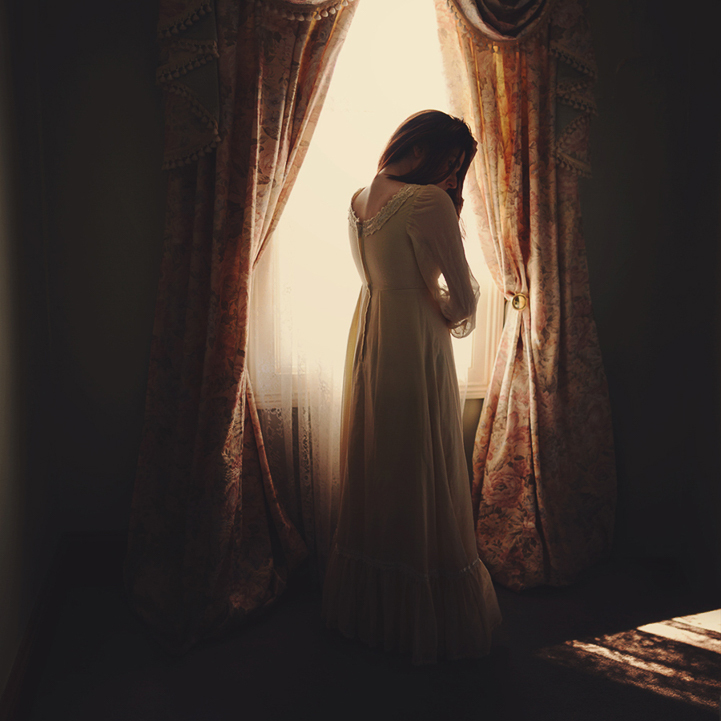
How do you choose your models?
Most of the “models” I've worked with aren't actually models at all. The people I take photos of are usually my friends, friends of friends or other artists that I've met through photography.
Do you think it's important to work with other creatives?
Recently, I was invited to take part in an exhibition that involved five other photographers and myself. We had to create six portraits of six different Blue Mountains artists. It was the first experience where I was required to work with other creatives that weren't all photographers. The curator had specifically asked me to photograph a range of artists, such as musicians, actors and/or dancers. I wouldn't describe myself as an outgoing person, so finding these artists and having to network was going to be a challenge. However, one of my goals for this year was to work and collaborate with other creatives so I was determined to continue and complete this project. I'm going to be honest and say working with others in general is out of my comfort zone and is quite nerve racking. But, now having completed those six portraits, I can honestly say that it was very enjoyable and an extremely rewarding experience.
I think it is important to work with other people because for one, it allows you to bounce your ideas off of someone else, allowing others and/or your subject to contribute to the creative process. Secondly, it gives you the opportunity to meet new people who you may find share similar interests. There's nothing better than meeting another artist who not only inspires you, but becomes a good friend and even a potential future adventure buddy! Through meeting other creatives in general, I've learnt new photographic techniques and have become more confident in providing direction and voicing my ideas on shoots.
What is your favorite time of day to shoot?
I love to shoot just after the sun has set – it's mysteriously beautiful.
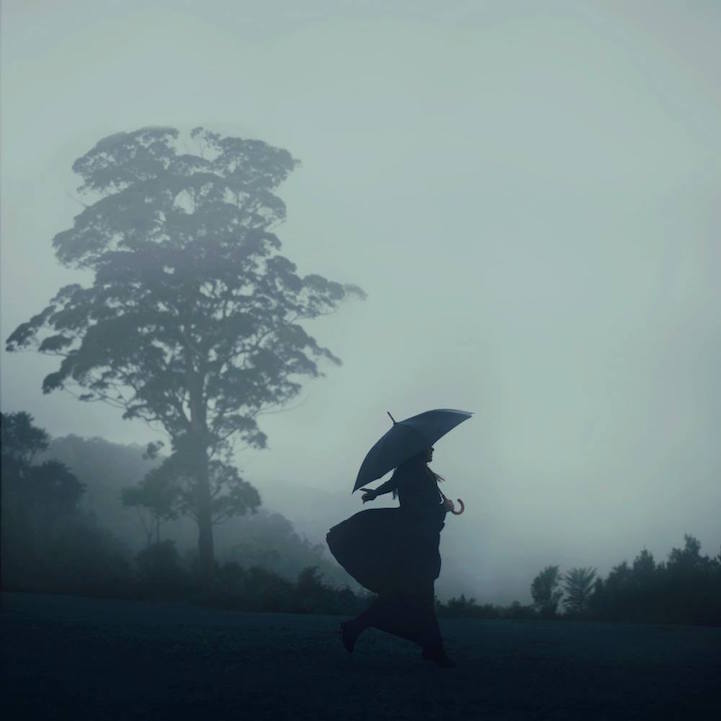
How would you define your style?
Whenever I'm required to answer this question, I tend to cast my mind back to my last answer or look at my artist statement on my website. I guess I should be sure and know how to provide an answer straight away, but it's difficult – it's hard to put into words. This is my current statement:
“I aim to capture mysterious yet dreamlike worlds, filled with oddities that encompass aspects of reality.”
I like to incorporate aspects of me in each concept because at the end of the day, I see photography as a form of documentation and as a form of self expression. I've always found it difficult to put my feelings, experiences and ideas into words. I bottle my emotions and often don't tell others what I'm really going through – good or bad. I find it extremely daunting telling someone else anything and everything about myself. But, I'll happily depict it in a photograph.
When I was younger, I used to joke about not having an imagination, which made it difficult in school when I had to write creative pieces. I had ideas, but didn't know how to put them into words. Photography has allowed me to get in touch with my imagination and create worlds and stories. The ideas that have been rattling around in my head for so long have and are continuing to be finally shared.
What message do you want your photographs to convey?
That's a difficult question! I want my audience to feel something when they view my photographs. I want them to relate to the story, the character…the place. I particularly love it when people message me about how my photos allowed them to escape from reality even if it was just for a second.
Mostly, I like for my audience to come up with their own interpretation and therefore let the photograph speak for itself. But, I've thought about this question for days and have come up with a brief explanation that I think is somewhat fitting and captures the message behind my photographs.
We're often taught in life that there are so many opportunities; so many doors to open that will eventually lead us to where we want to be. I like to think that my photos depict the different worlds and stories behind those doors. Life in general is unpredictable; it's extraordinary. Sometimes it's okay to get lost, or to take a longer path. Sometimes it's okay to not know we're you're heading. Embrace those opportunities and don't be afraid of what you may or may not encounter along the way. Sometimes you've got to take a leap of faith.
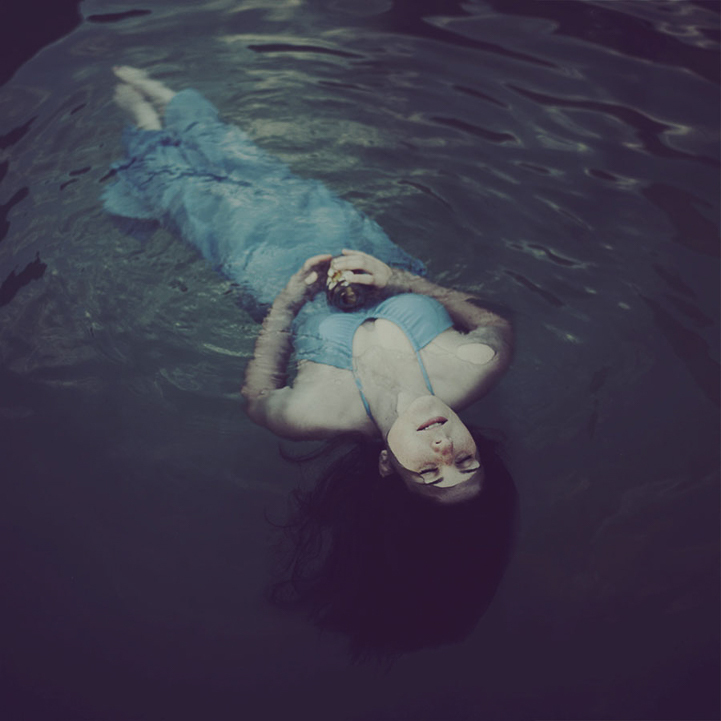
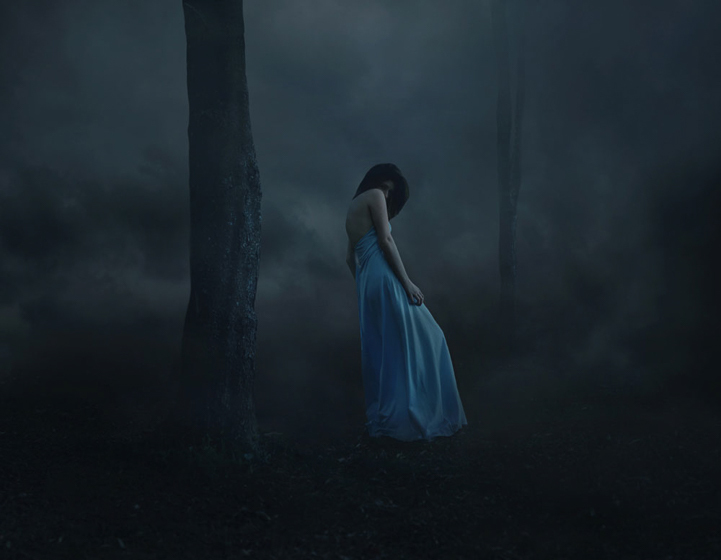
What challenges have you faced while creating?
There have been times where I've been uninspired, which really gets me down. Part of my planning process involves coming up with a creative and unique idea. In some instances, they just don't come, which can be difficult, especially if you want to update your portfolio and share new work with your audience. Another challenge I've faced while creating is just not getting the shot, even if I've been shooting for hours and hours. It's a frustrating process, but every artist goes through those ruts.
What's a must have in your gear bag?
Well, my Nikon D600 for one! At the end of last year I splurged and purchased the Sigma 85mm f/1.4 and 35mm f/1.4 – they've both been an absolute dream to use. I mostly use the 35, just because it's a fantastic landscape and portrait lens, which suits me perfectly when I'm exploring and shooting at the same time. If I'm shooting a self portrait, I'll bring along my remote and tripod. That's all of the gear I currently use.
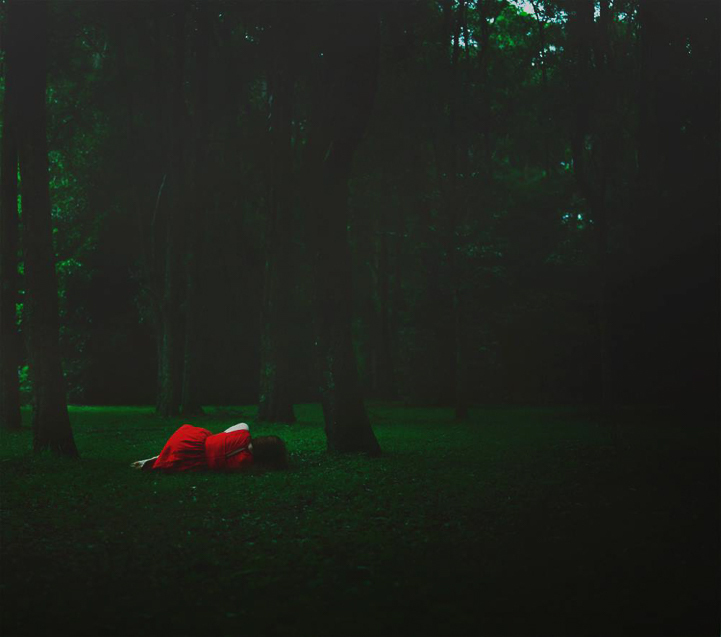
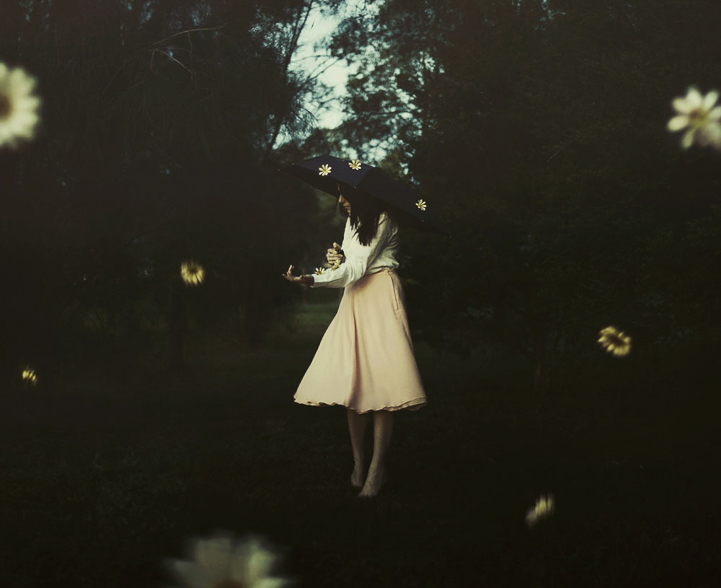
Color plays a huge part in your work, how much post-processing goes into a completed photo to achieve what you are looking for?
I absolutely love to experiment with colour – it's my favourite step of post-processing. The amount of time I spend editing a photograph can vary from half an hour to up to three hours. Sometimes I'll even sit on a photo for days!
I try to include everything I need in the photo (e.g. props) on the day it's being taken. For instance, if I want a chair to be included in the photo, I'll make sure to have it there on the day, rather than edit it into the shot later on. If I need my dress to be moving within the photograph, I'll flick it around while shooting until I get the shot.
Ultimately, the only thing I want to be keeping me busy during the editing process is colouring. I find it brings a whole new dimension to the photograph and is what enhances the dream-like aesthetic as well as bring the fictional world to life.
What are your plans for the future?
Well, I finish university at the end of this year, which is pretty scary. I am studying a Bachelor of Education (Primary), which is a totally different career path to photography. But, the great thing about teaching is that I can do it anywhere in the world. So, with that in mind, I am keeping next year open for travelling. I've never taken a gap year before and I'm at the point in my life where I need a bit of a break. Life has been pretty full on for a while and Flickr20under20 has really inspired me to give myself time to focus on photography.
I hope to travel back to places I've been before, as well as visit new countries. On these trips I hope to continue to collaborate with other artists and really, just allow myself to give photography my full attention and gain some experience.
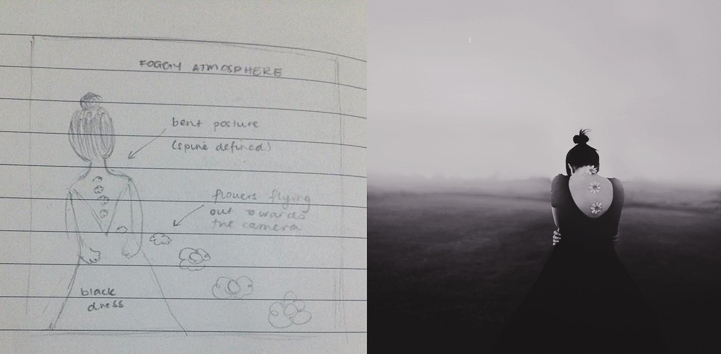
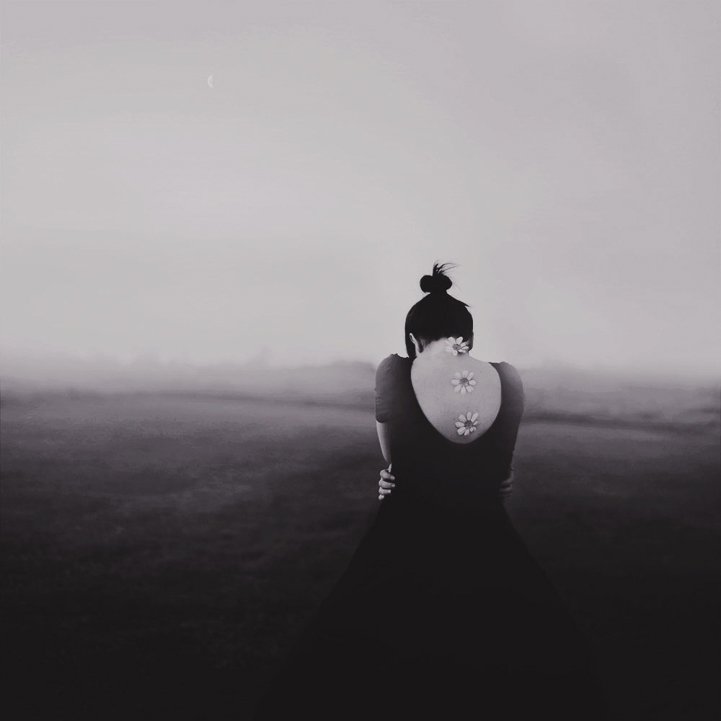
Do you have any advice for aspiring photographers?
Just keep taking photos. It's clich, but it's true. There were and still are days where I am not in the mood to take any photos and am completely uninspired. Sometimes, you've just got to get up, grab your camera and go exploring (by yourself and with other artists). Even if you don't take an amazing photograph, you're still learning new things and experimenting. I would personally recommend something like a 52 Weeks Project, where you take a photo every week for a year. It isn't as full on as a 365, but still has its challenges. I grew immensely during my 52 Weeks Project and was able to craft my style of photography. Finally, just embrace your creativity.Your mind is a powerful thing and who's to say the worlds in your dreams don't really exist?
Thank you so much Alex! If you would like to see more of this creative photographer's work, check out her website and Facebook Page!
Are you a photographer? Would you like to be interviewed for the Behind The Len series? Leave your links in the comments below!
